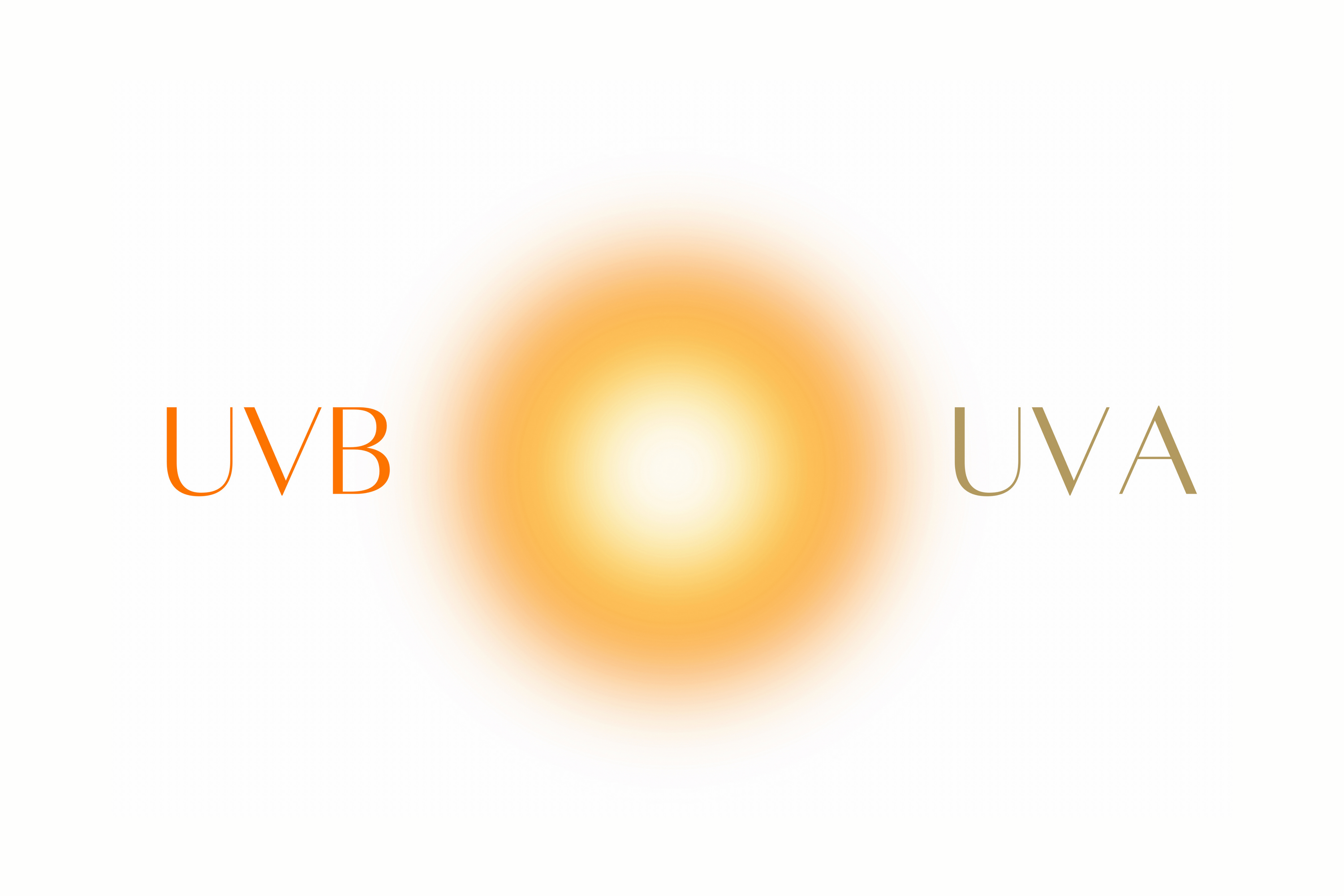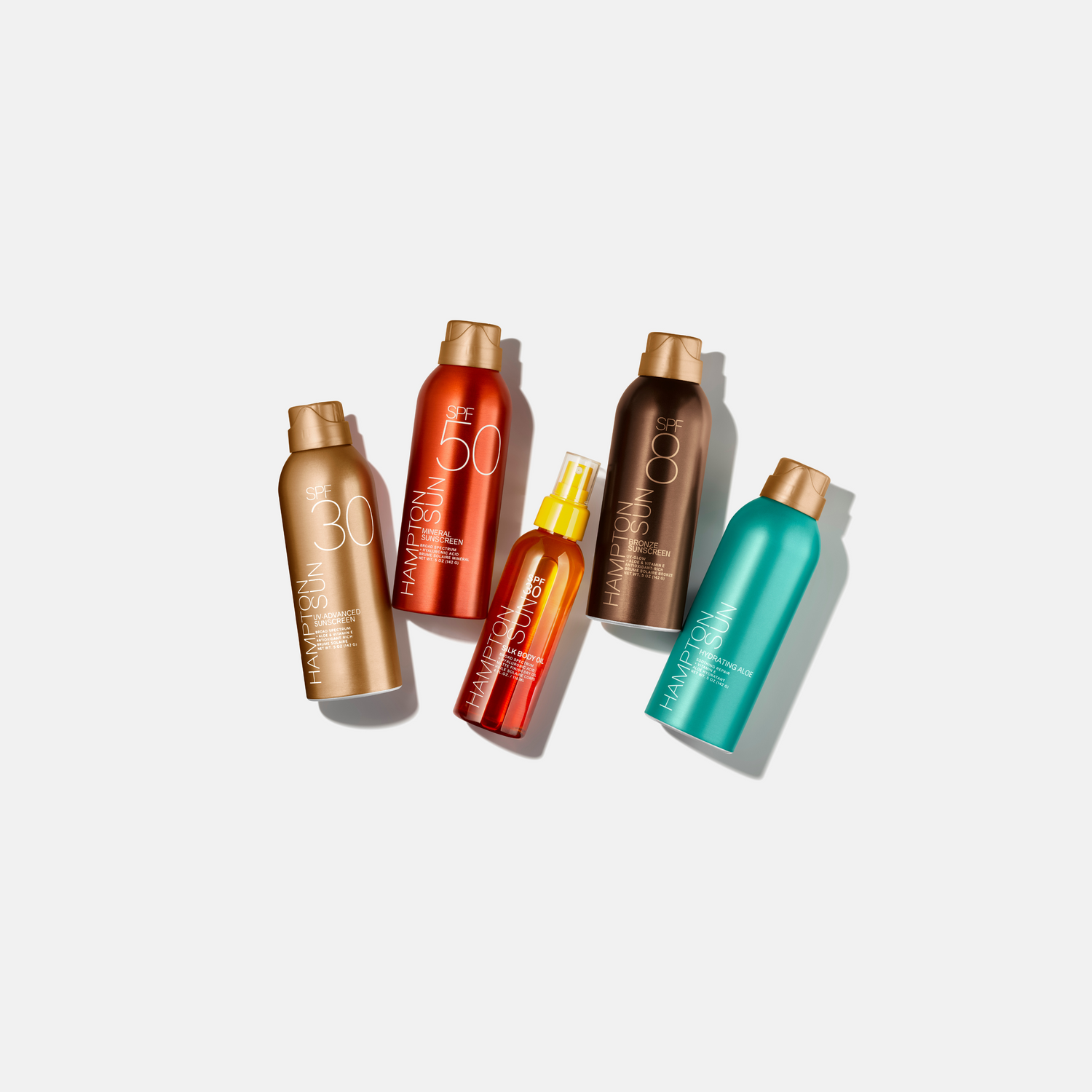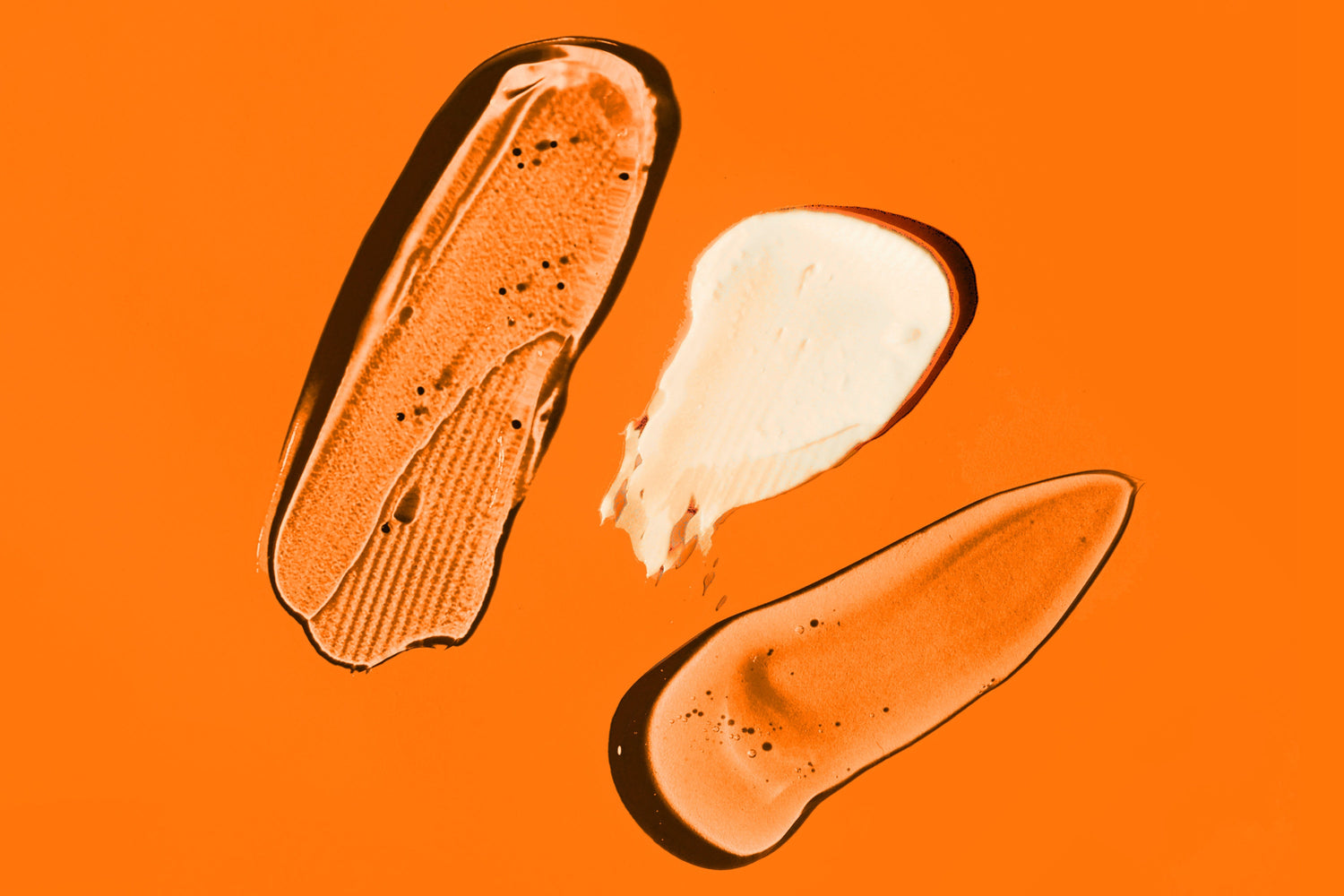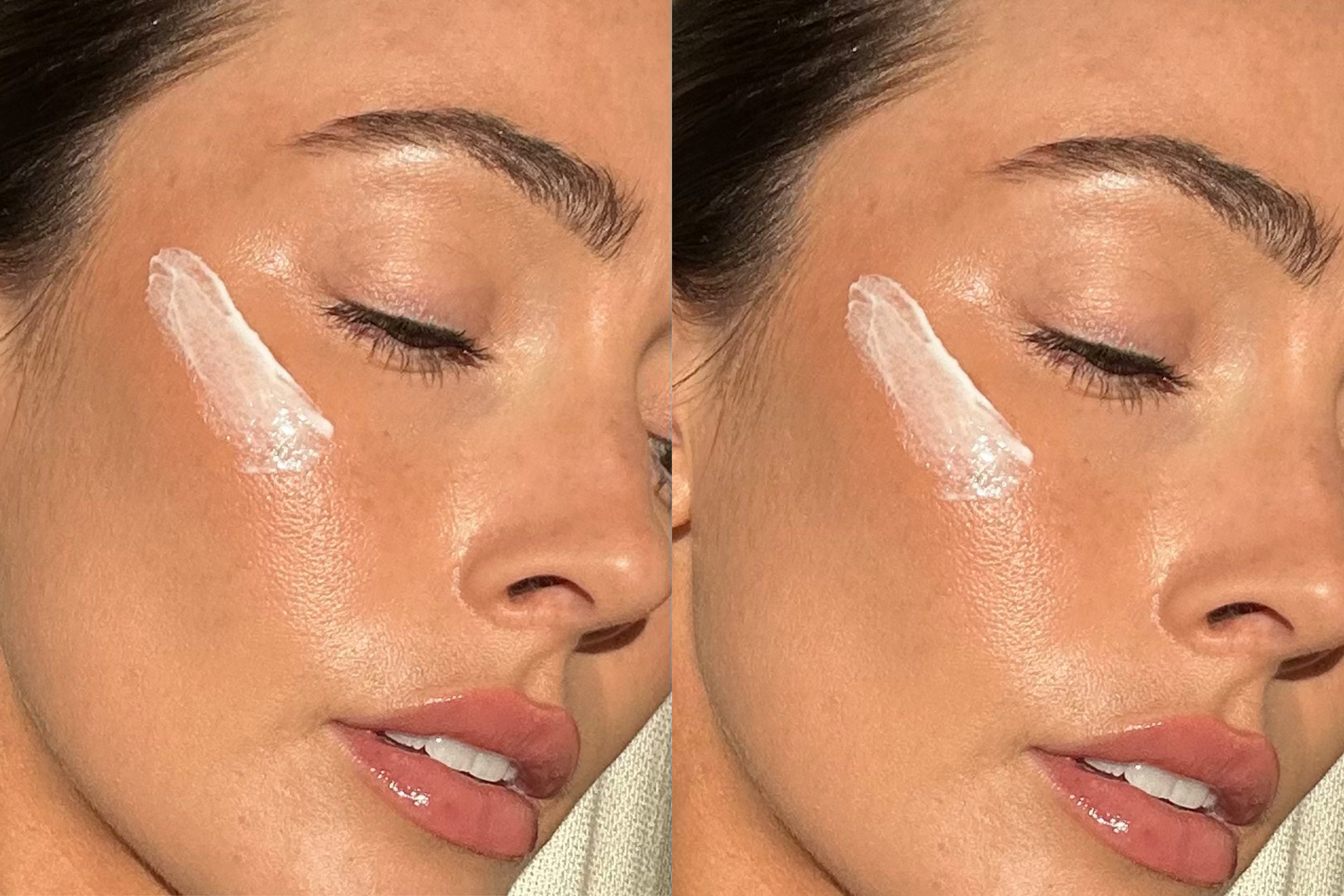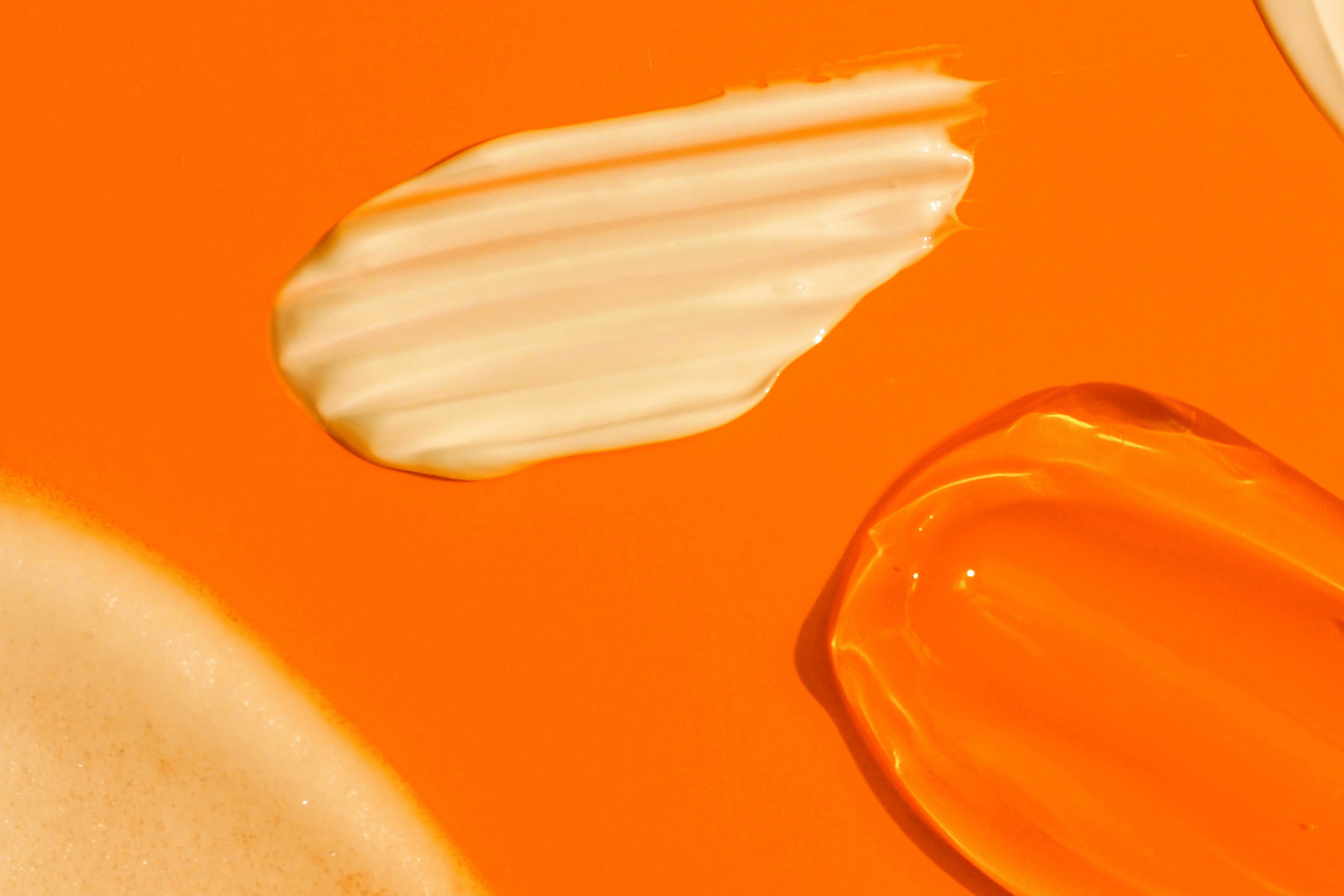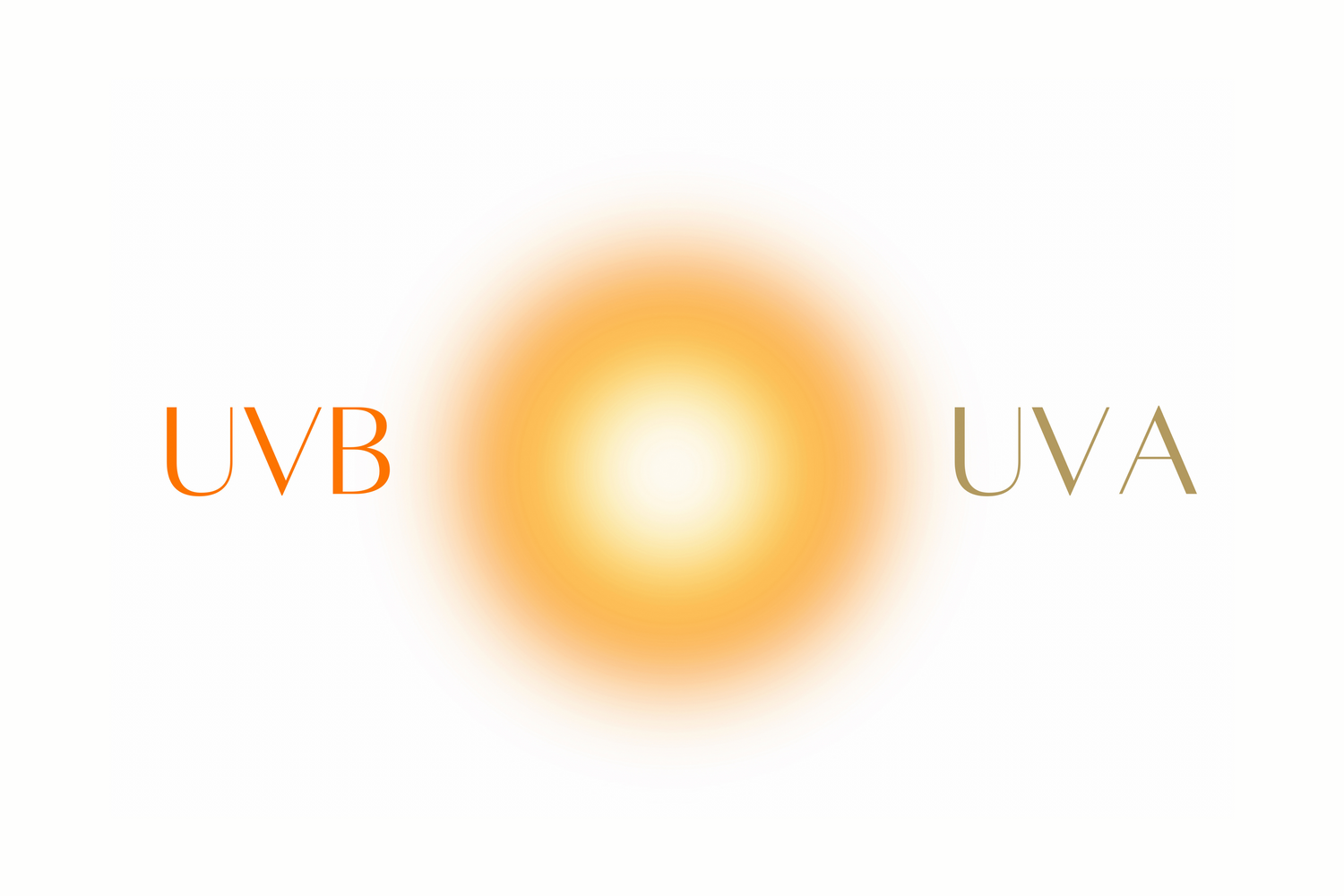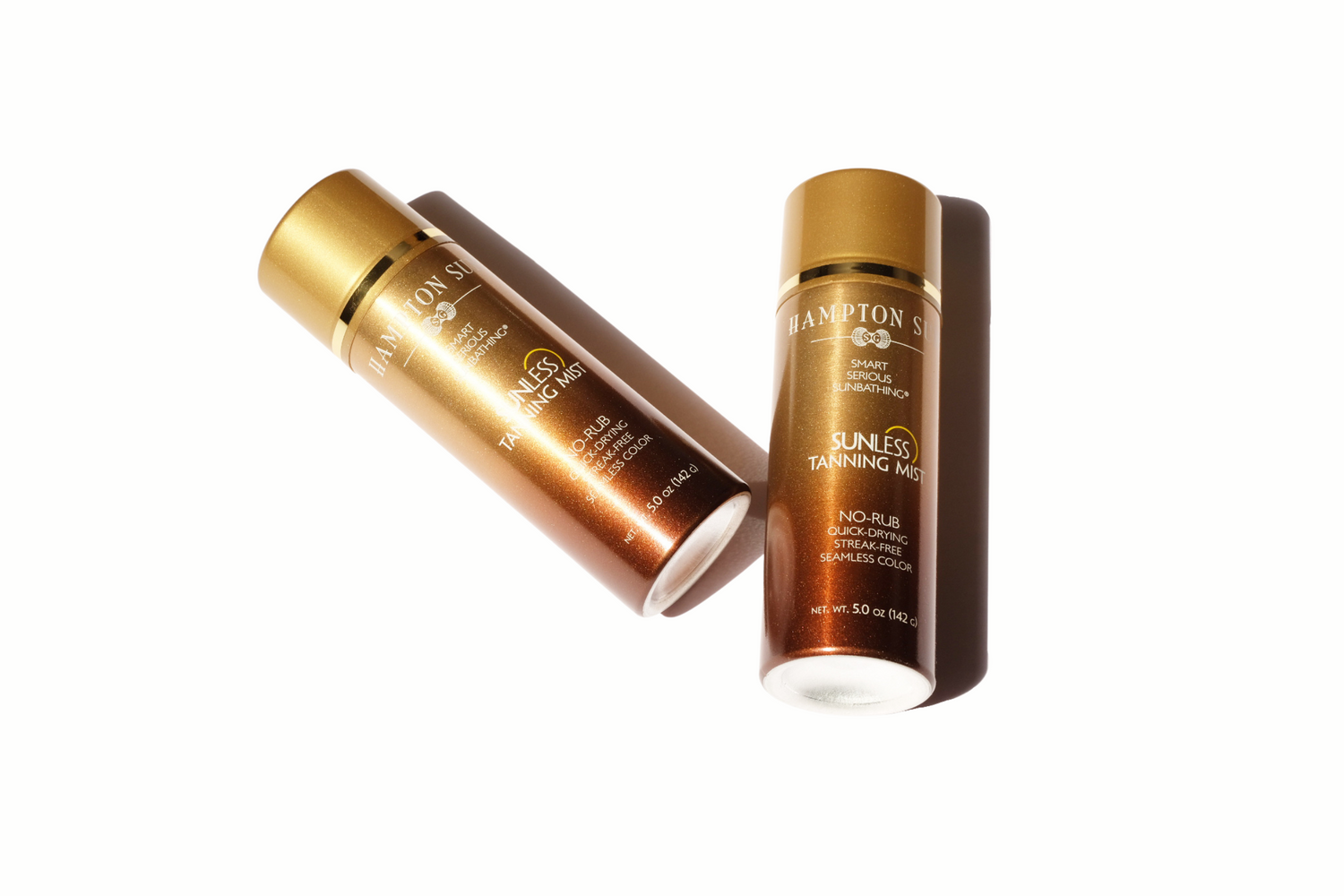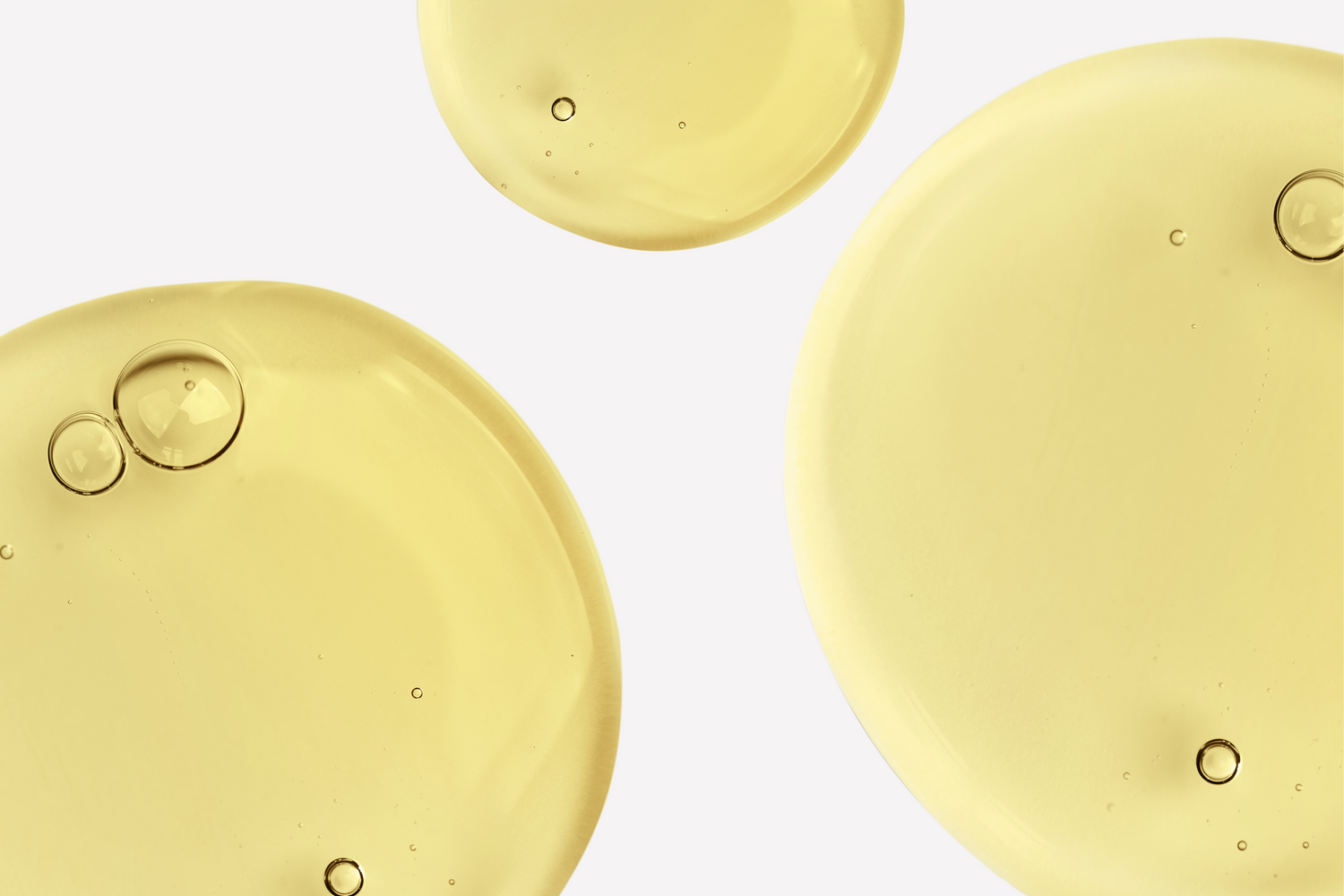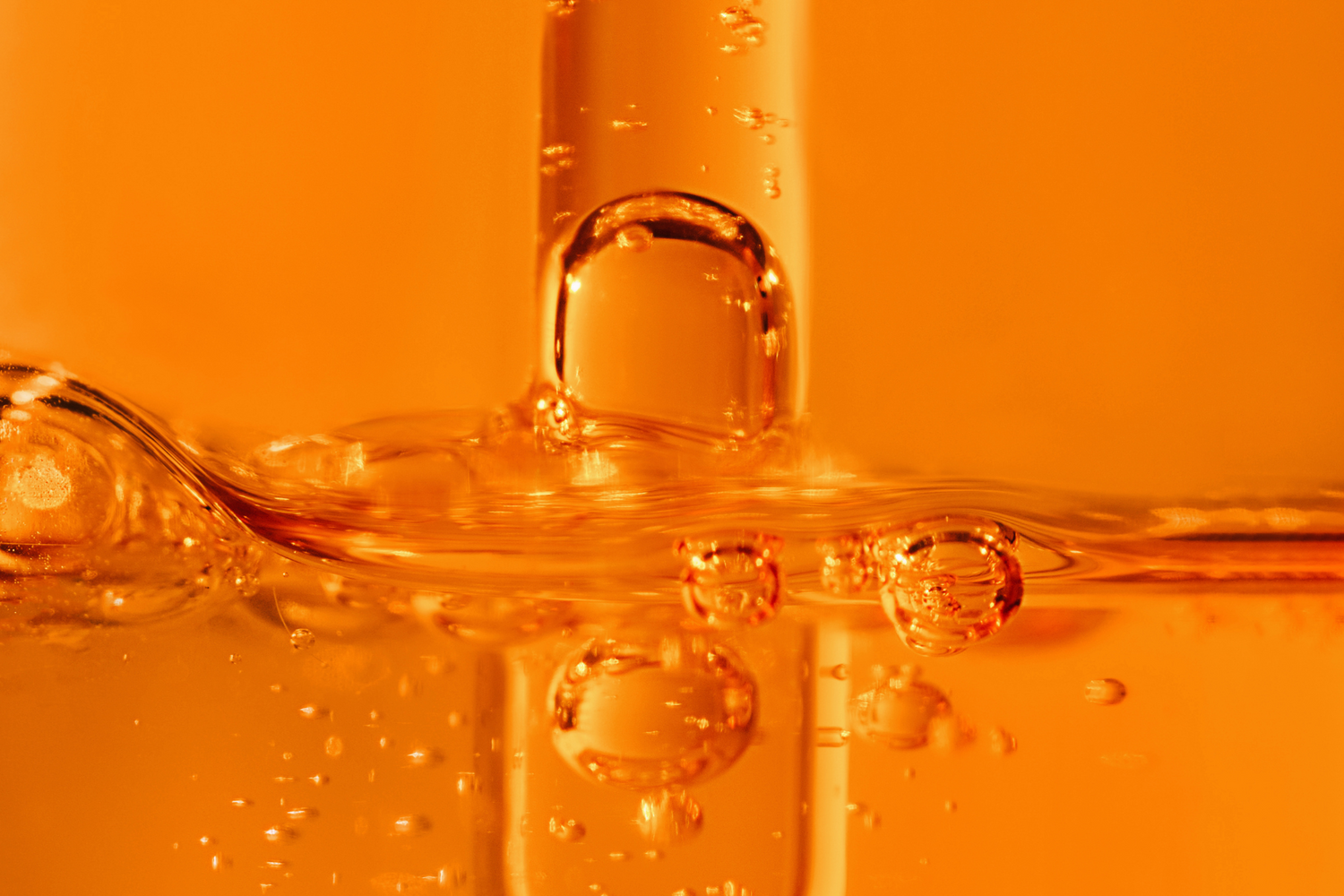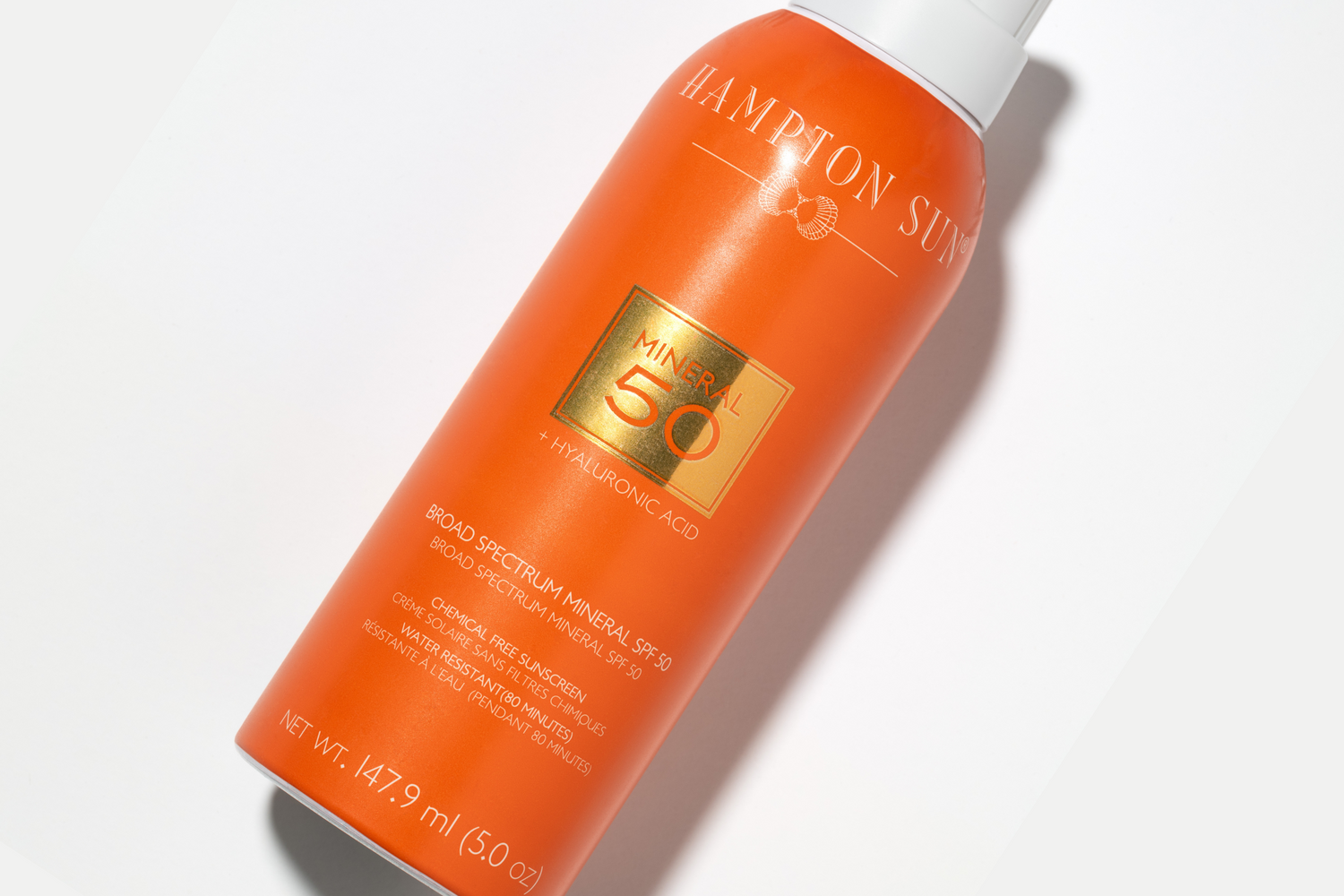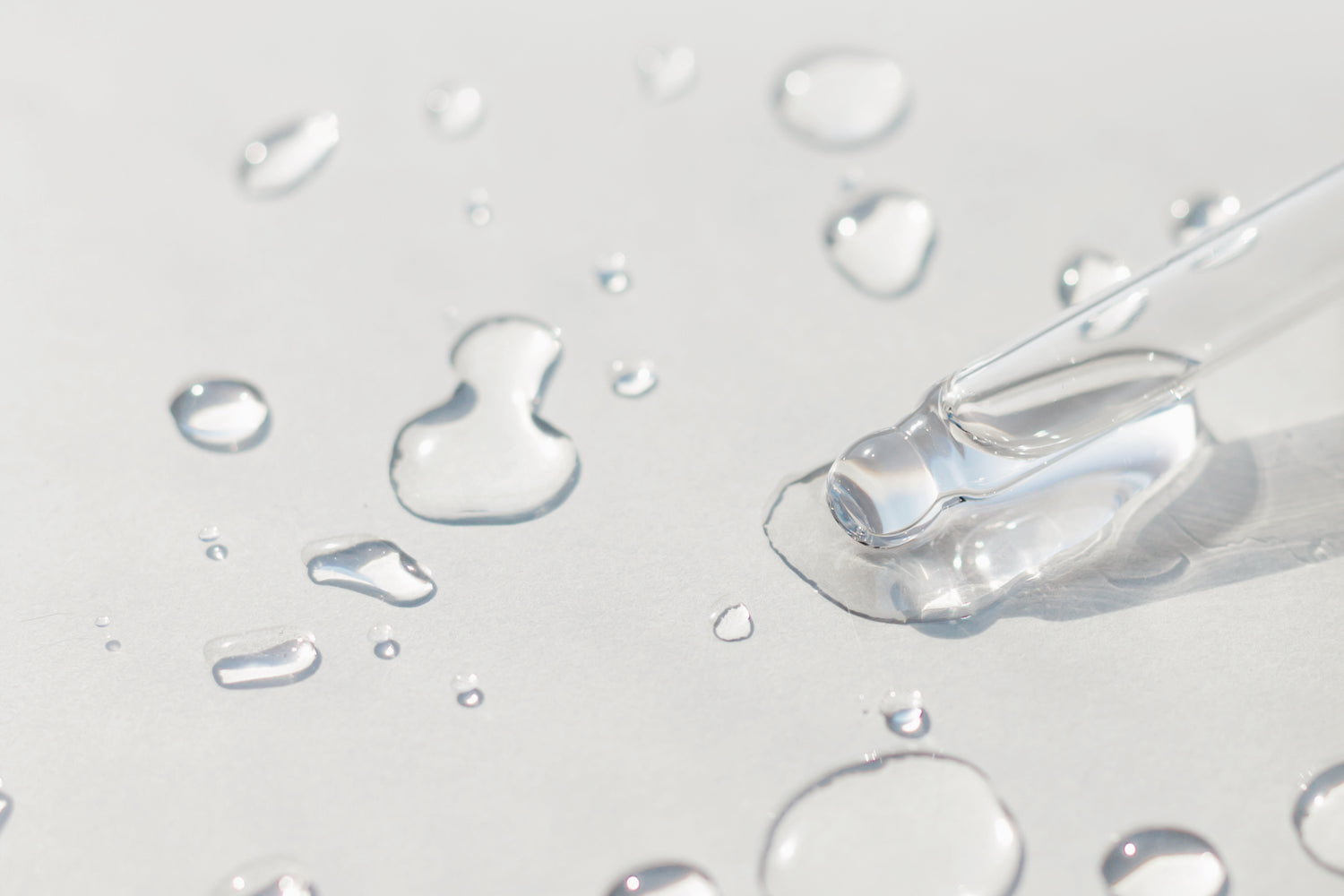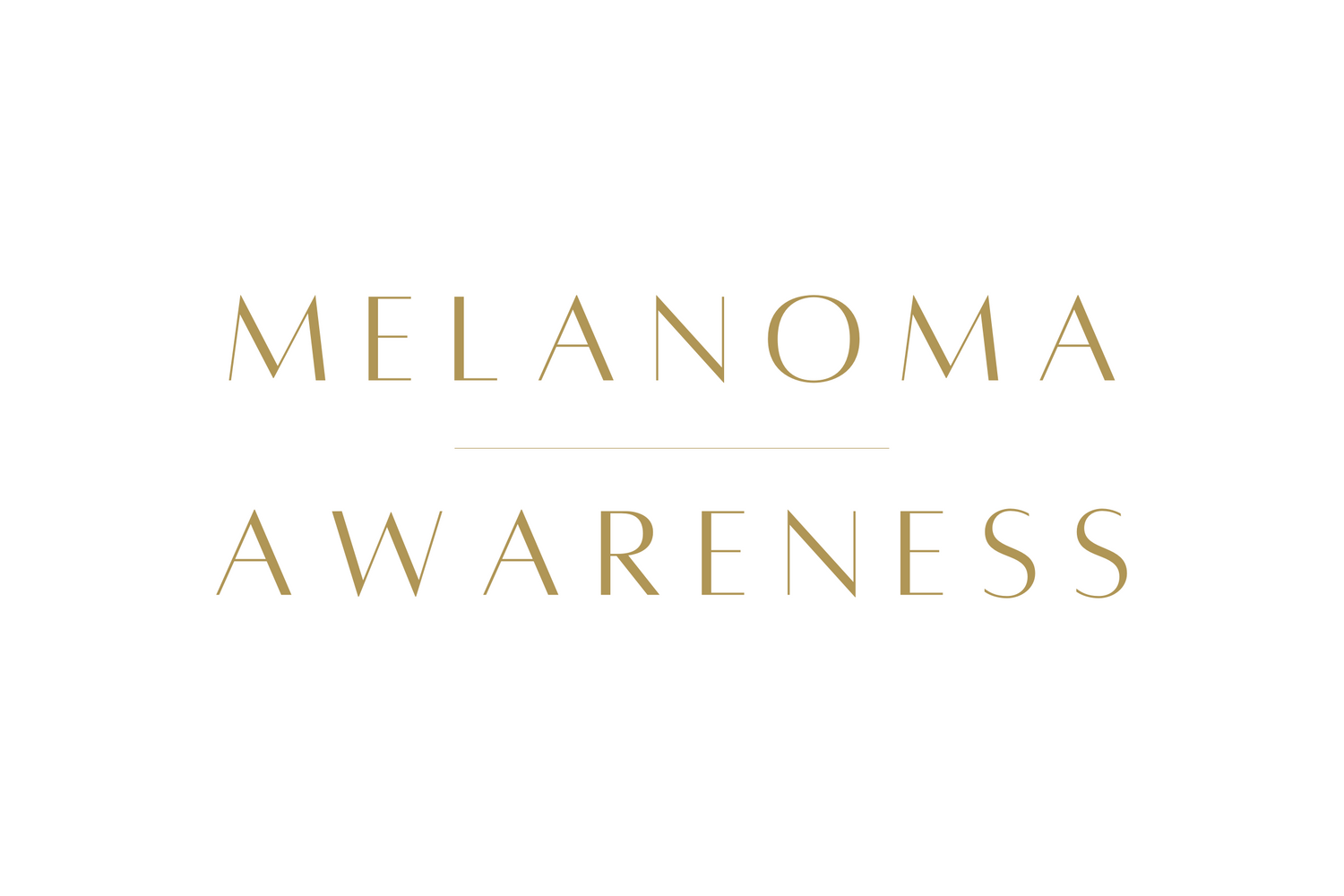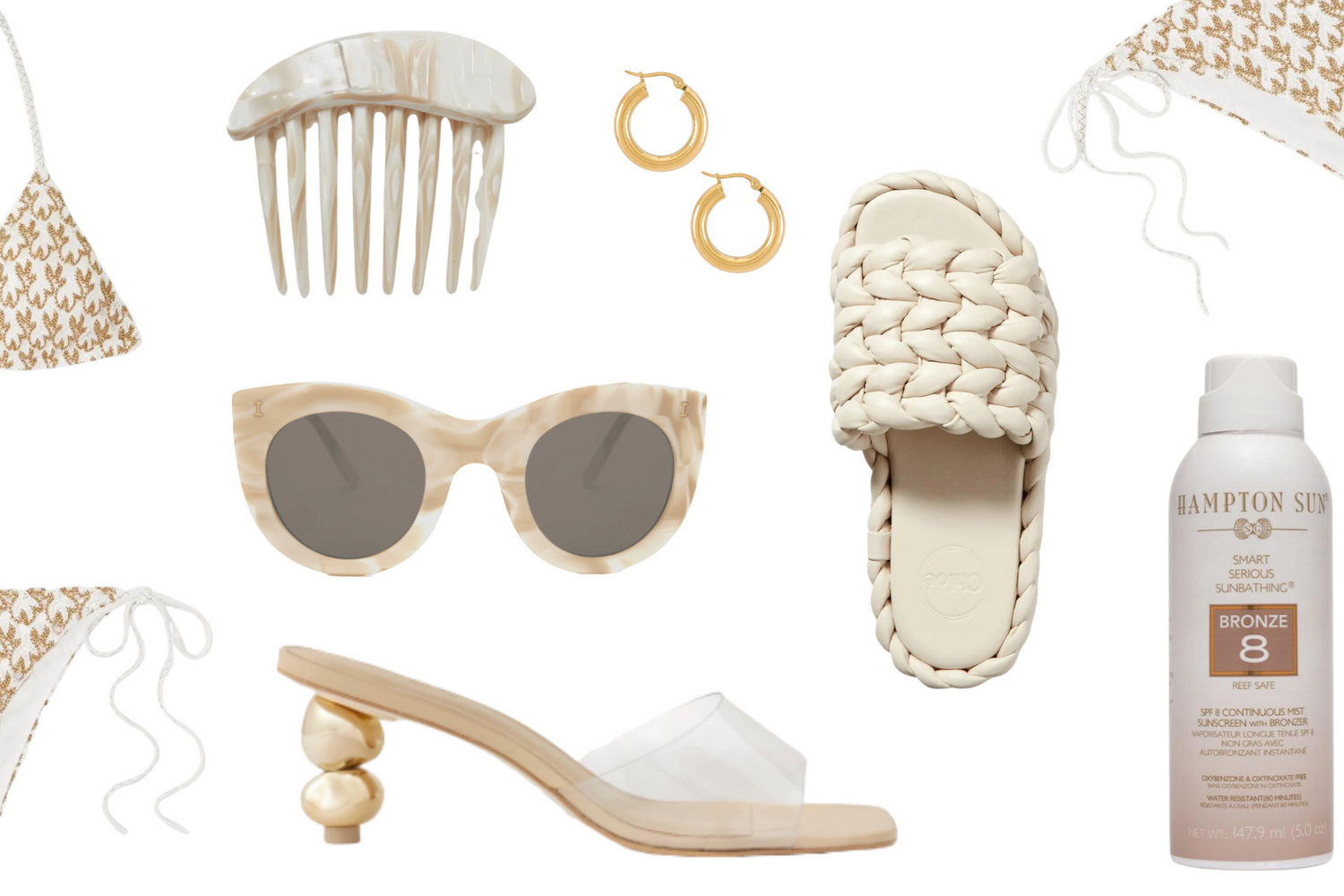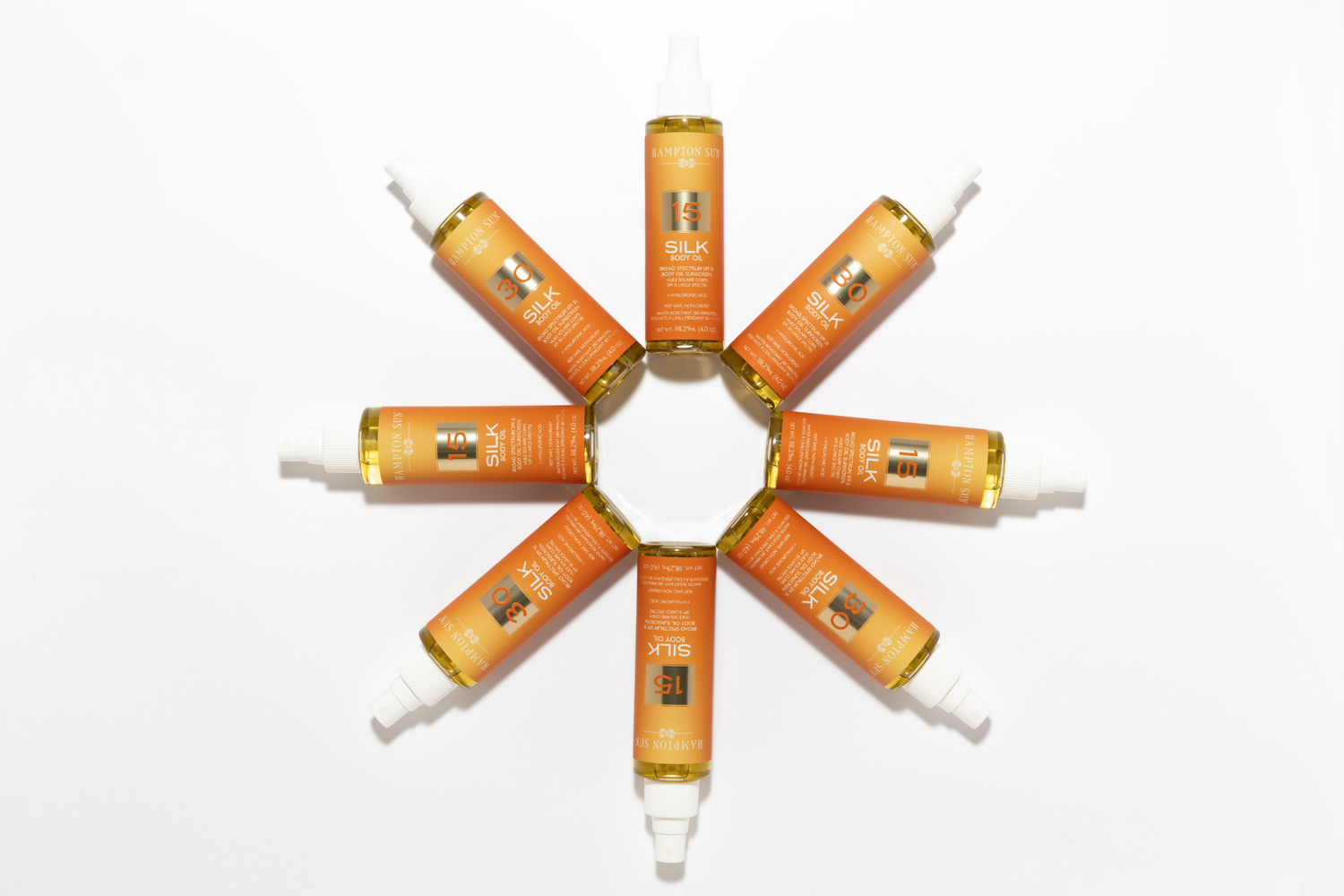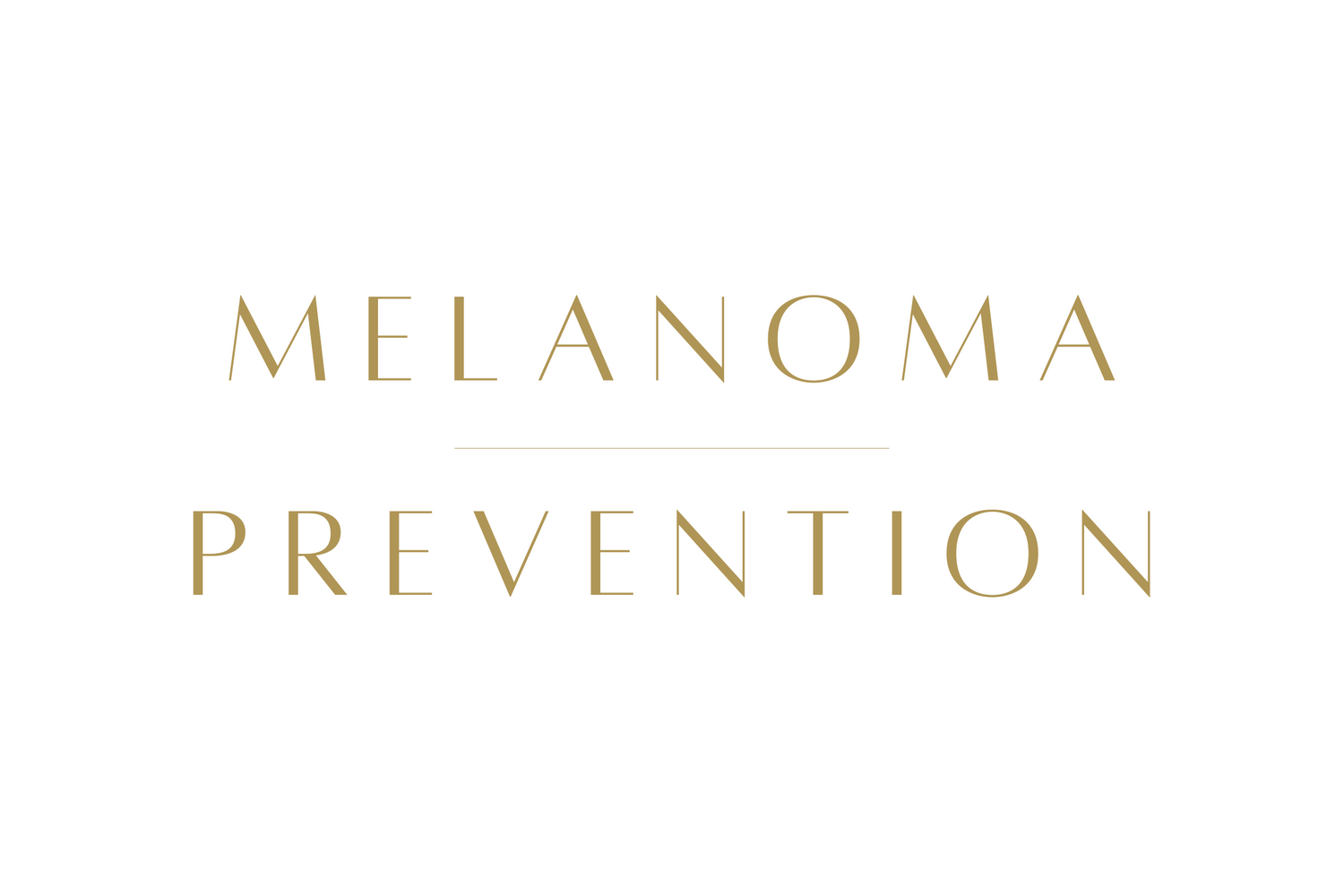The sun: the catalyst for life as we know it. Its importance transcends its illuminating presence in our day-to-day lives. Without the sun, our world would be devoid of life, warmth, and the rhythms that have shaped our existence. However, along with its life-sustaining properties, the sun emits ultraviolet (UV) radiation, which can have detrimental effects on our skin and overall health.
These ultraviolet rays are categorized mainly into two types: UVA and UVB. While both can harm the skin, they operate in distinct ways and have different implications. Understanding these differences is crucial in protecting our skin and ensuring optimal health.
And, before we start, you should know, we at Hampton Sun LOVE the sun. The goal shouldn't be to hide from it, but to fully understand its nature and interact with it in a smart way. We hope that the information in this post helps you do just that!
The Science Behind The Spectrum
All of the sun's rays that reach Earth are part of the electromagnetic spectrum. Visible light is just a small slice of this spectrum, and beyond it lie the ultraviolet rays, which are invisible to our eyes. Ultraviolet rays are categorized based on their wavelength, and the two primary types that concern us are UVA and UVB.
1. UVA RAYS
- Wavelength: UVA rays have a longer wavelength compared to UVB rays.
- Prevalence: UVA constitutes about 95% of the UV radiation that reaches our skin. They are present throughout the day and throughout the year, regardless of the season.
- Penetration Depth: UVA rays can penetrate deep into the dermis, which is the skin's thickest layer.
- Effects: While UVA rays may not cause immediate visible damage like sunburns, they play a significant role in skin aging and the formation of wrinkles. More crucially, prolonged exposure can alter the DNA of cells, potentially leading to skin cancers.
2. UVB RAYS
- Wavelength: UVB rays have a shorter wavelength and are more energetic than UVA rays.
- Prevalence: UVB rays constitute a much smaller portion of the sun's rays but are disproportionately responsible for damage to the skin's superficial epidermal layers.
- Penetration Depth: They don't penetrate as deeply as UVA rays.
- Effects: UVB is the primary culprit behind sunburns. These rays play a key role in the development of skin cancers and cataracts.

Did you know? Each Hampton Sun sunscreen formula protects against both UVA & UVB rays!
More Than Just Sunburns
It’s a common misconception that if you're not getting sunburned, you're not getting damaged by the sun. UVA rays, despite being "less intense" than UVB rays, are 30-50 times more prevalent and are present even on cloudy days. Over time, the cumulative effect of UVA exposure accelerates skin aging, leading to wrinkles, dark spots, and leathery skin. Both UVA and UVB rays can cause mutations in the skin’s DNA, increasing the risk of skin cancers.
The Shield We Need
Given the differing characteristics and impacts of UVA and UVB rays, it's crucial to ensure broad-spectrum protection. Here’s what you can do:- Sunscreen: Choose a broad-spectrum sunscreen that protects against both UVA and UVB rays. A minimum SPF 30 is generally recommended, but for extended outdoor activities, SPF 50 or higher is better.
- Clothing: Wear protective clothing like long-sleeved shirts, wide-brimmed hats, and sunglasses that block 100% of UV rays.
- Timing: Avoid sun exposure during peak hours, usually between 10 am and 4 pm.
- Shade: When outdoors, seek shade, especially during midday hours.
In Conclusion
While sunlight provides essential benefits, it also brings risks. An understanding of UVA and UVB rays, their differences, and their impacts empowers us to enjoy the sun while taking essential precautions. So the next time you step out, arm yourself with knowledge and sunscreen, and let the sun shine—safely!



